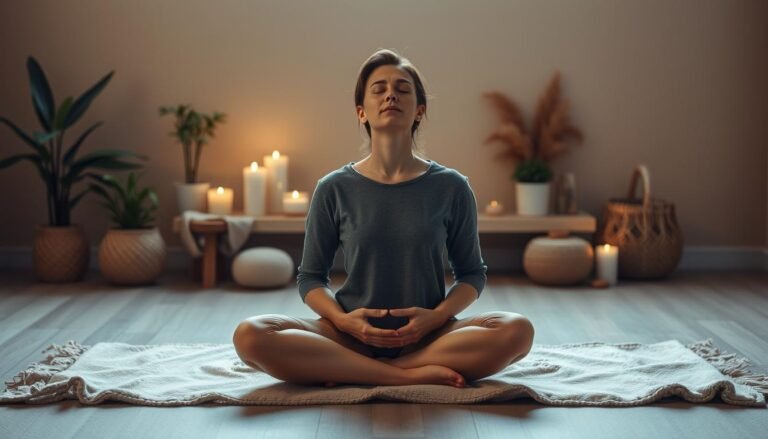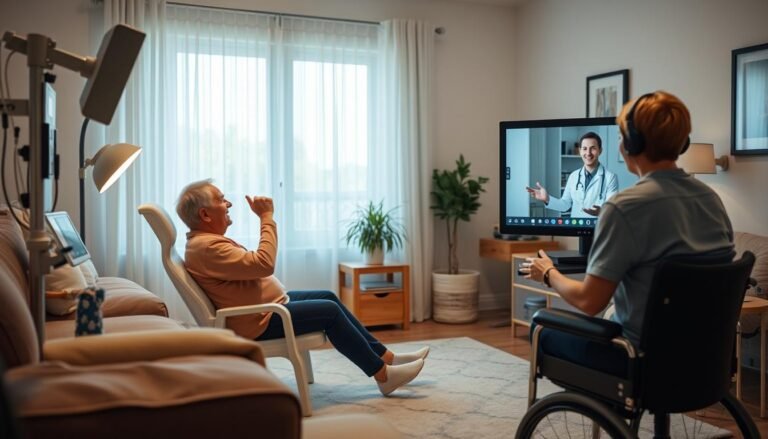
Introduction: Embracing Nature for a Thriving Future
Have you ever felt an instant lift in your mood while strolling through a park, surrounded by trees and vibrant flowers? As cities grow and urban environments expand, maintaining our connection to nature becomes increasingly vital. This article delves into the undeniable role of nature in enhancing our quality of life through green spaces. From improved mental health to fostering community interaction, understanding The Role of Nature: Boosting Quality of Life Through Green Spaces is essential for both individual well-being and societal growth.
The Importance of Green Spaces in Urban Areas
Defining Green Spaces
Green spaces refer to areas filled with natural vegetation and open space—parks, gardens, rivers, and forests. They serve as a refuge from the hustle and bustle of urban living, playing a crucial role in maintaining ecological balance and improving residents’ quality of life.
Psychological Benefits: A Breath of Fresh Air
Mental Health Improvement
Research has demonstrated a strong correlation between green spaces and mental health. A study conducted by the University of Exeter revealed that individuals living within a half-mile radius of parks reported better mental health outcomes compared to those without access. The calming effect of natural settings can reduce stress and anxiety, creating a ripple effect of positivity throughout an individual’s life.
Case Study: Central Park, New York City
Central Park exemplifies the transformative power of green spaces. Established in 1858, this urban oasis contributes immensely to the mental well-being of millions. A 2018 study found that visitors experienced a nearly 20% decrease in anxiety levels while enjoying the park’s landscapes. The mere presence of expansive greenery encourages outdoor activities, fostering social connections and enhancing overall life satisfaction.
Physical Health Benefits: Nature as a Catalyst for Well-Being
Encouragement of Physical Activity
Access to green spaces promotes physical activity, an essential component of a healthy lifestyle. Walking, jogging, or cycling in scenic areas can inspire individuals to engage in regular exercise. According to the Centers for Disease Control and Prevention (CDC), people living near parks are 38% more likely to meet recommended levels of physical activity.
Case Study: The High Line, New York City
The High Line is a unique elevated park built on a disused railway track. Its presence has transformed an industrial area into a thriving green space. Data collected showed that visitors not only spend more time outdoors but also engage in more intense physical activities compared to those in non-green areas. The role of nature here is clear—by integrating green spaces into urban landscapes, we nurture physical well-being and encourage healthier lifestyles.
Environmental Benefits: A Sustainable Approach
Biodiversity and Urban Ecology
Creating and maintaining green spaces leads to increased biodiversity, providing habitats for various species. Fostering local flora and fauna is essential for ecological balance. Green spaces can act as critical filters for air pollutants, supporting cleaner urban environments.
Case Study: The MillionTreesNYC Initiative
This ambitious initiative set out to plant one million trees across New York City to improve air quality, mitigate urban heat, and enhance the city’s green canopy. As a result, studies showed that areas with increased tree density experienced reduced air pollution by up to 30%. The success highlights The Role of Nature: Boosting Quality of Life Through Green Spaces, not just for residents but also for the ecological framework.
Fostering Community Engagement: Social Connection through Nature
Building Social Cohesion
Green spaces bring people together, foster social connections, and enhance community interactions. Events held in parks, like farmers’ markets and concerts, create shared experiences that strengthen community bonds.
Case Study: The 606 Trail, Chicago
This former railway line has been transformed into a stunning trail that connects various neighborhoods. Beyond providing recreational space, it serves as a communal hub, where diverse groups can gather, interact, and contribute to a vibrant community atmosphere. The success of The 606 emphasizes how green spaces can facilitate the sense of belonging and social unity.
The Economic Impact of Green Spaces
Property Values and Economic Growth
The presence of green spaces significantly impacts local economies. Properties situated near parks typically see higher market values due to the desirability of natural proximity. A study by the National Association of Realtors found that homes near parks enjoy a price premium of up to 20%.
Case Study: Atlanta’s BeltLine
The Atlanta BeltLine is a redevelopment project that integrates trails, parks, and public spaces. The project has not only increased property values but also generated over $2.5 billion in new development, creating thousands of jobs and businesses. This illustrates The Role of Nature: Boosting Quality of Life Through Green Spaces in a holistic sense—providing economic and lifestyle enhancements.
Investment in Green Infrastructure
Cities investing in green infrastructure are reaping rewards beyond immediate aesthetics. Sustainable designs positively affect flood management, air quality, and city aesthetics.
Table: Benefits of Green Infrastructure
| Benefit | Description |
|---|---|
| Flood Mitigation | Reduces urban runoff and stormwater management costs |
| Air Quality | Filters pollutants and enhances residents’ health |
| Aesthetic Value | Improves landscape beauty and increases property values |
| Social Cohesion | Encourages community interaction and well-being |
Actionable Steps to Advocate for Green Spaces
Participate in Local Initiatives: Get involved in neighborhood councils focused on preserving and developing green spaces.
Volunteer for Conservation Projects: Many non-profits aim to maintain and restore local parks, gardens, and natural areas.
Educate Your Community: Advocate for the mental and physical health benefits of nature, inspiring others to engage with green spaces.
Support Sustainable Practices: Promote the adoption of eco-friendly policies within your city to prioritize greenery in development projects.
- Promote Accessibility: Advocate for better access to existing green spaces, ensuring everyone in the community can benefit from them.
Conclusion: A Green Future Awaits
In conclusion, The Role of Nature: Boosting Quality of Life Through Green Spaces is undeniable and multifaceted. From enhancing mental and physical health to fostering community connection and driving economic growth, the positive impact of green spaces extends well beyond beautiful landscapes. As we continue to urbanize, recognizing the significance of integrating nature into our daily lives becomes essential for individual happiness and societal well-being.
Thus, let us take action to advocate for and invest in green spaces, ensuring that future generations can also cherish the calming embrace of nature.
FAQs
1. How do green spaces affect mental health?
Green spaces have been shown to reduce stress, anxiety, and depression, leading to improved overall mental well-being.
2. What types of activities can I enjoy in green spaces?
You can engage in various activities, including walking, jogging, picnicking, and attending community events, fostering an active lifestyle.
3. How do green spaces contribute to environmental sustainability?
They improve air quality, increase urban biodiversity, and promote climate resilience, serving as essential components of urban ecology.
4. Can green spaces increase property values?
Yes, homes near parks typically see an increase in market value due to the desirability of living near natural amenities.
5. How can I advocate for more green spaces in my community?
Get involved in local initiatives, volunteer for conservation efforts, and educate your community about the benefits of green environments.
By recognizing and understanding The Role of Nature: Boosting Quality of Life Through Green Spaces, we can work together to create a more sustainable, healthy, and vibrant future for all.

















